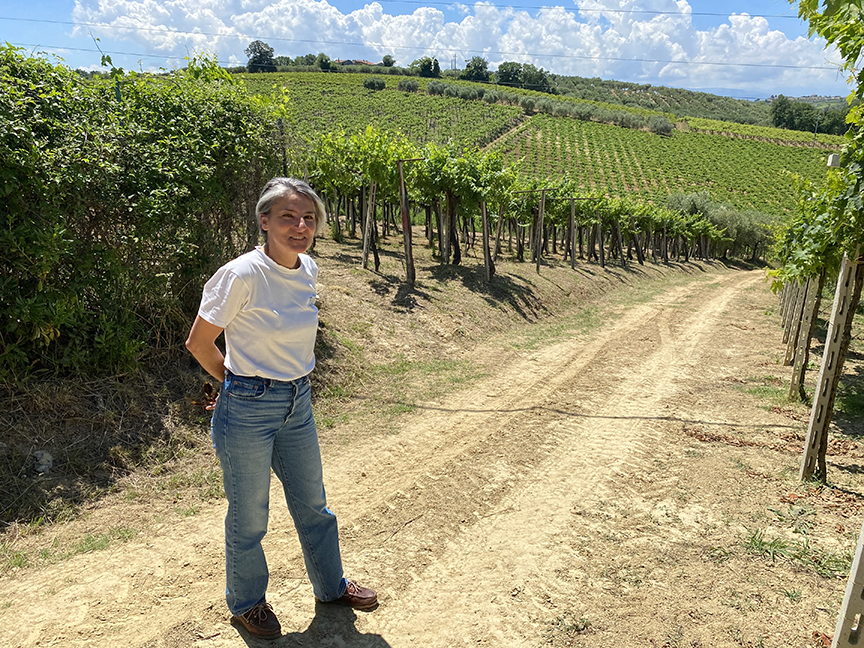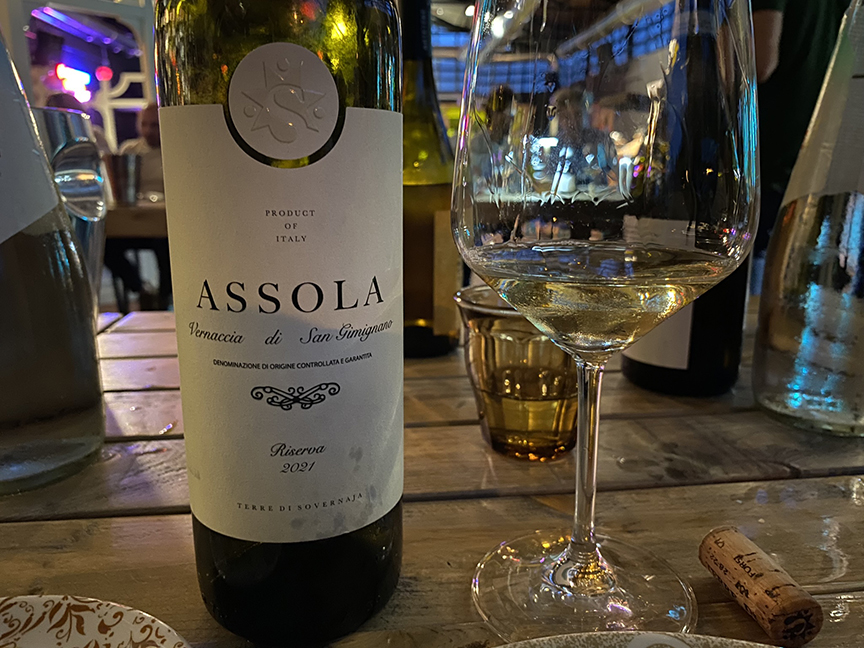 Across the world of wine, everyone is talking this week about Eric Asimov’s opinion for the Times, “In Defense of Wine.” Even the Italians are parsing his words as if Holy Gospel.
Across the world of wine, everyone is talking this week about Eric Asimov’s opinion for the Times, “In Defense of Wine.” Even the Italians are parsing his words as if Holy Gospel.
Eric is right to point out wine’s cultural and historical value. And he’s also correct in pointing out that wine, beyond its use as a religious totem, has shed its status as a necessity in contemporary life.
His words evoked those scribed nearly 700 years ago in Italy.
Giovanni Boccaccio, humanist and author of the Decameron, writes in the epilogue of his collection of stories:
- Like all other things in this world, stories, whatever their nature, may be harmful or useful, depending upon the listener. Who will deny that wine… is an excellent thing for those who are hale and hearty, but harmful to people suffering from a fever? Are we to conclude, because it does harm to the feverish, that therefore it is pernicious? Who will deny that fire is exceedingly useful, not to say vital, to men and women? Are we to conclude, because it burns down houses and villages and whole cities, that therefore it is pernicious? And in the same way, weapons defend the liberty of those who desire to live peaceably, and very often they kill people, not because they are evil in themselves, but because of the evil intentions of those who make use of them.
Boccaccio was writing as a pandemic — an ancient one — cast its long, dark shadow over the Western world, the Black Death. It’s no coincidence that he mentions fever in his afterword.
Writing at the outset of the Renaissance, Boccaccio lived at a time when perceptions of wine were shifting radically. His generation represents the first in Italy who embraced wine as a necessity, a commodity, and — perhaps most importantly for us — a source of pleasure and cultural meaning.
We may be returning to the Dark Age of wine. But I believe wine will retain its cultural value. Just like stories and fire, wine’s meaning will be found out by the listener.
Above: “A Tale from the Decameron” by John William Waterhouse. Image via Wikipedia.


















